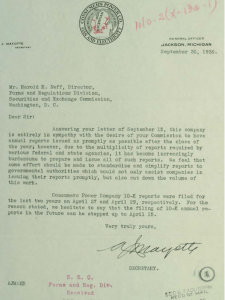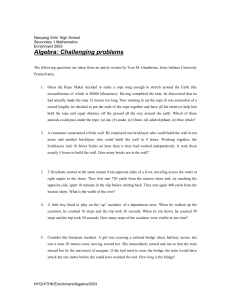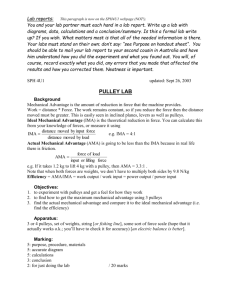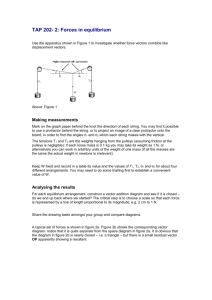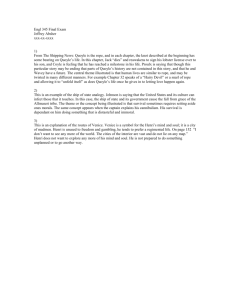Physics Problem Solution: Energy Conservation & Pulleys
advertisement
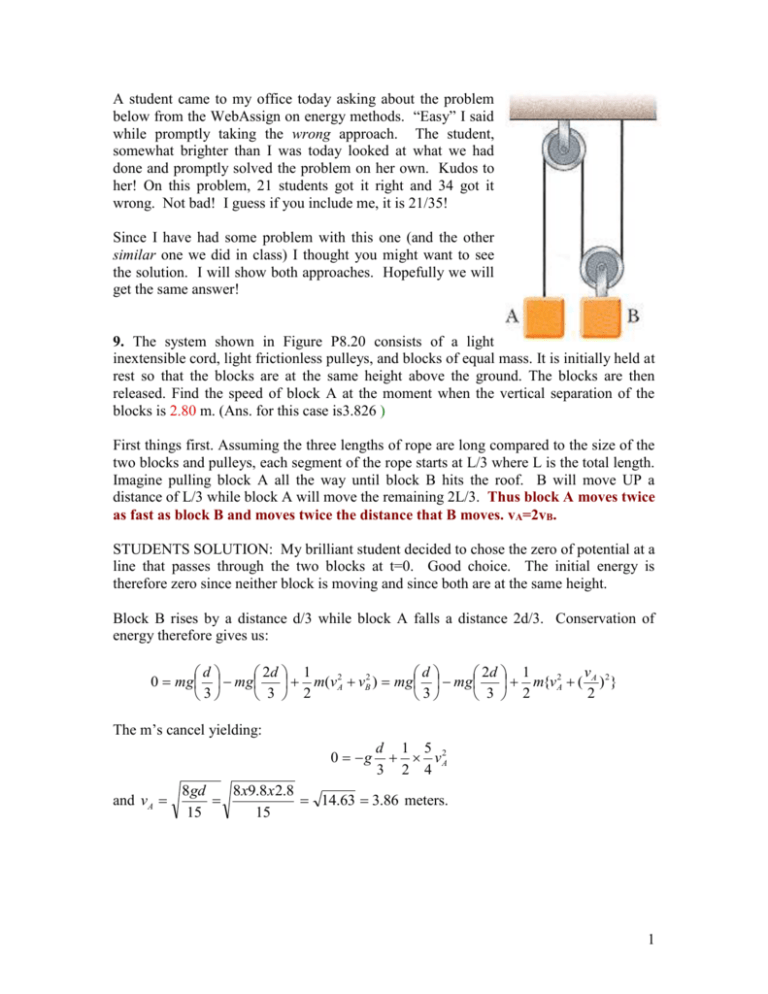
A student came to my office today asking about the problem
below from the WebAssign on energy methods. “Easy” I said
while promptly taking the wrong approach. The student,
somewhat brighter than I was today looked at what we had
done and promptly solved the problem on her own. Kudos to
her! On this problem, 21 students got it right and 34 got it
wrong. Not bad! I guess if you include me, it is 21/35!
Since I have had some problem with this one (and the other
similar one we did in class) I thought you might want to see
the solution. I will show both approaches. Hopefully we will
get the same answer!
9. The system shown in Figure P8.20 consists of a light
inextensible cord, light frictionless pulleys, and blocks of equal mass. It is initially held at
rest so that the blocks are at the same height above the ground. The blocks are then
released. Find the speed of block A at the moment when the vertical separation of the
blocks is 2.80 m. (Ans. for this case is3.826 )
First things first. Assuming the three lengths of rope are long compared to the size of the
two blocks and pulleys, each segment of the rope starts at L/3 where L is the total length.
Imagine pulling block A all the way until block B hits the roof. B will move UP a
distance of L/3 while block A will move the remaining 2L/3. Thus block A moves twice
as fast as block B and moves twice the distance that B moves. vA=2vB.
STUDENTS SOLUTION: My brilliant student decided to chose the zero of potential at a
line that passes through the two blocks at t=0. Good choice. The initial energy is
therefore zero since neither block is moving and since both are at the same height.
Block B rises by a distance d/3 while block A falls a distance 2d/3. Conservation of
energy therefore gives us:
v
d
2d 1
d
2d 1
0 mg mg m(v A2 vB2 ) mg mg m{v A2 ( A ) 2 }
2
3
3 2
3
3 2
The m’s cancel yielding:
0 g
and vA
d 1 5 2
vA
3 2 4
8 gd
8 x9.8 x2.8
14.63 3.86 meters.
15
15
1
INSTRUCTOR’S NOT AS GOOD SOLUTION:
h
Zero of PE taken
here
Using this approach, the potential energy at the start of the process is mgh+mgh=2mgh.
The choice of a zero of potential energy shouldn’t make a difference. The conservation of
mechanical energy relationship can therefore be written as
d
2d
d 2d
2mgh mg (h ) mg (h
) 2mgh mg (
) same Kinetic Energy term.
3
3
3 3
The 2mgh’s cancel and you are left with the same relationship. For some reason, I
messed up this step. Both zeros provide the same solution, which is a good thing!
2



